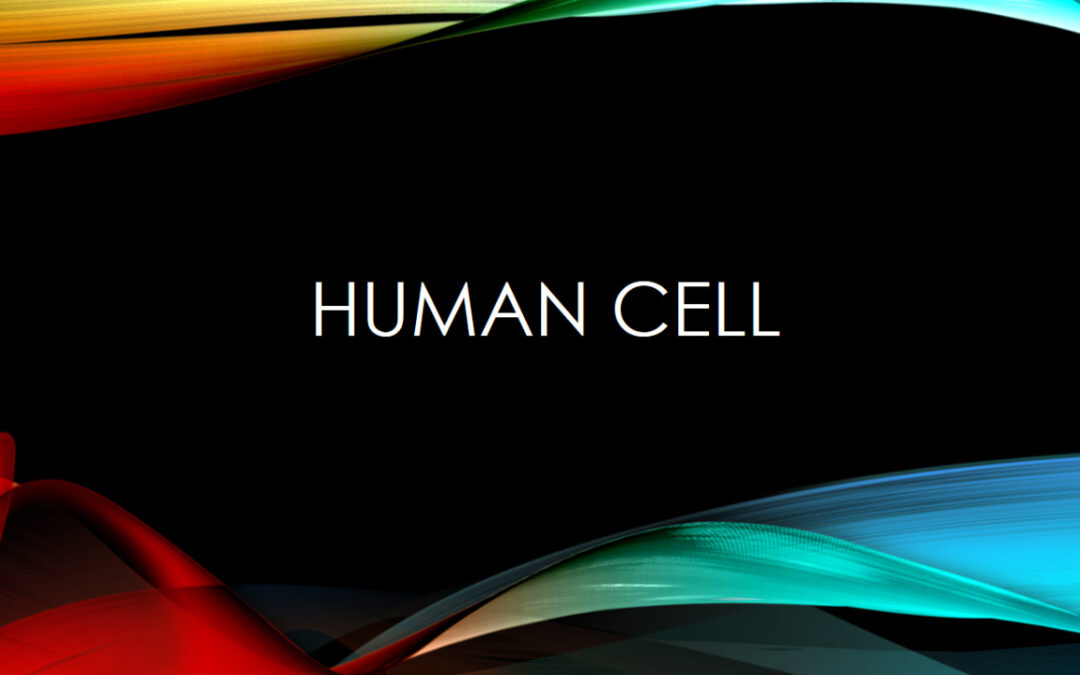CELL : DEFINITION :-
On the basis of no . of cells present in organisms , organisms are divided into two types. One is unicellular organisms and other is multicellular organisms. Organisms possessing only one cell are called as unicellular organisms and organisms possessing more than one cells are called as multicellular organisms. So now lets know what do we mean by CELL ? Cell is the basic fundamental structural and functional unit of life. The first person who saw and described living cell is ANTON VON LEEUWENHOEK. ROBERT BROWN discovered the nucleus.
CELL THEORY :-
Matthias Schleiden , a German Botanist observed that all plants are composed of different kind of cells which forms the tissues of the plant after examining a large no. of plants in 1838. THEODORE SCHWANN , a British Zoologist observed different kinds of animals. He observed that there is a thin outer layer which is known as Plasma Membrane. On the basis of his studies on the plant tissues he came to a conclusion that there is also an unique character in plants that is cell wall. On that basis , Schwann gave a hypothesis that is both plants and animals are composed of cells and the product of cells. Rudolf Virchow was the first person who explained the fact that cells divided and new cells are formed from the pre – existing cells that is OMNIS CELLULA – E – CELLULA. Then he modified the cell theory of schledein and schwann to give a final shape to it which is given below.
- All living organisms are composed of cells and product of cells.
- All cells arises from pre – existing cells.
OVERVIEW OF CELL :-
In our school time we must have done an experiment in which we all have observed the human cheek cell. We will observe that there is outer membrane which separates one cell from the other. Inside the cell there is a dense membrane bound structure called nucleus. These nucleus contains chromosomes. Chromosomes contain genetic material , DNA. On the basis of the presence of true nucleus or false nucleus , there are two types of cells. One is EUKARYOTIC CELL and other is PROKARYOTIC CELL. Cells having membrane bound nucleus are called as eukaryotic cells and cells not having membrane bound nucleus are called as prokaryotic cells. A semifluid matrix called cytoplasm occupies the volume of the cell in both prokaryotic and eukaryotic cells. There are so many chemical reactions that takes place in the cytoplasm which keeps the cell in living state. The eukaryotic cells also possess various kinds of membrane bound distinct structures called organelles. These are endoplasmic recticulum , golgi bodies , lysosomes , mitochondria , microbodies and vacuoles. But all such kind of cell organelles are absent in prokaryotic cells. There is a non membrane bound cell organelle called ribosomes which is present in all cells that is both eukaryotic and prokaryotic cells. Another non membrane bound cell organelle is centrosome which helps in celle division.
SHAPE AND SIZE OF CELLS :-
Smallest cell :- Mycoplasma – Size – 0.3µm in length
Bacteria – Size – 3 to 5µm
Largest isolated single cell – An ostrich egg
Human Red blood cells – Size – 7µm in diameter
Longest cell – Nerve cell
Red blood cells – Shape – Round and biconcave
White blood cells – amoeboid
Columnar epithelial cells – Long and narrow
Nerve cells – Branched and long
PLASMA MEMBRANE :-
Cell membrane which is also known as plasma membrane is composed of lipids and proteins. Most of these lipids are phospholipids which are arranged in a bilayer. The lipids are also arranged within the membrane. The polar head that is hydrophibic head is towards the outer side and the non polar tail that is hydrophobic tails towards the inner part. In addition to phospholipids membrane also contains cholesterol. Plasma membrane also contains carbohydrates. The membrane of the erythrocytes has 52 % proteins and 40% lipids. On the basis of the ease of the extraction the proteins of the membrane can be classified into integral and peripheral. The peripheral proteins lie on the surface of the membrane. Thee integral proteins lie partially or totally buried in the membrane.
FLUID MOSAIC MODEL :-
The fluid mosaic model is given by Singer and Nicolson in 1972. It is the improved structure of cell membrane. The fluid mosaic model states that the quasi fluid nature of the lipid enables the lateral movement of proteins within the over all bilayer. So from this lets know about fluidity. Therefore , the ability to move the proteins within the membrane is measured as fluidity.
FUNCTIONS OF CELL MEMBRANE :-
The function of cell membrane is the transport of molecules across it. It is selectively permeable to the molecules that are present on either side of the membrane. So here comes a term called transportation. There are 2 types of transportation. These are passive transport and active transport. Molecules which can move across the membrane without the requirement of any energy is called passive movement. There are some molecules called neutral solutes , they move across the membrane by simple diffusion method along the concentration gradient. Concentration gradient means movement of molecules from higher concentration to lower concentration. Here another term comes that is osmosis. So movement of water molecules from higher concentration to lower concentration across the membrane is called osmosis. Active transport is the transportation of molecules across the membrane with the help of energy for example Na+ / K+ pump in which ATP is utilized. The polar molecules cannot pass through the non lipid bilayer , so they require a career protein of the membrane to facilitate the their transport across the membrane. There are few ions / molecules which are moved across the membrane along the concentration gradient that is from lower concentration to higher concentration.
ENDOPLASMIC RETICULUM :-
There are some network / recticulum of tiny tubular structures scattered in the cytoplasm. These structures are called Endoplasmic reticulum. Endoplasmic recticulum divides the intracellular space into two different compartments that is luminal compartments inside the ER and extra luminal compartments in cytoplasm. Endoplasmic recticulum are divided into two types. These are rough endoplasmic recticulum and smooth endoplasmic recticulum. Endoplasmic recticulum bearing ribosomes on their surface is called rough endoplasmic recticulum. It helps in protein synthesis and secretion. Endoplasmic recticulum does not bearing ribosomes on their surface is called smooth endoplasmic recticulum. It helps in the synthesis of lipid.
GOLGI APPARATUS :-
Golgi apparatus is discovered by Camillo Golgi. This structure is present near the nucleus. These structure consists of flat , disc-shaped sacs and cisternae of 0.5µm to 1.0µm diameter. They lies parallel to each other. The function of golgi apparatus is packaging of materials which is delivered either to the intracellular targets or secreted outside the cell. It is the main site of formation of glycoproteins and glycolipids.
LYSOSOMES :-
Lysosomes are the membrane bound vesicular structures. It is formed by the process of the packaging of golgi apparatus. It contains all types of hydrolytic enzymes. Hydrolases – lipases , proteases and carbohydrates. These are optically active at the acidic Ph. These hydrolytic enzymes are also capable of digesting carbohydrates , proteins , lipids and nucleic acids.
MITOCHONDRIA :-
The size of mitochondria is sausage – shaped or cylindrical. Its diameter is 0.2µm – 1.0µm and length 1.0µm – 4.1µm. It is a double membrane bound structure. It has an outer membrane and an inner membrane. It divides the lumen into two different compartments. These are outer compartment and inner compartment. A dense homogenous substance , matrix fills the inner compartment. A continuous limiting boundary is formed by the outer membrane. In the inner membrane there are a no. of infoldings which are known as cristae. These cristae remains towards the matrix. The function of cristae is to increase the surface area. Mitochondria is the site for anaerobic respiration. They are also known as the power houses of the cell as they produce cellular energy in the form of ATP. The matrix which is present in the inner compartment has single circular DNA , a few RNA molecules , ribosomes and the components which are required for the synthesis of proteins. By the method of fission , Mitochondria gets divided.
RIBOSOMES :-
Ribosomes are discovered by George Palade. These are the granular structures. These are composed of RNA that is Ribonucleic acid and proteins . They don’t possess any kind of membranes. Ribosomes that are present in eukaryotes are 80s and the ribosomes that are present in prokaryotes are 70s. There are two subunits in each ribosomes. One is larger subunit and other is smaller subunit. 60s and 40s are the two subunits of 80s ribosomes. 50s and 30s are the two subunits of 70s ribosomes. 70s and 80s ribosomes are composed of two subunits.
CENTROSOMES AND CENTRIOLES :-
So lets know what do we mean by centrosome ? Centrosome is an organelle. It contains two cylindrical structures. These structures are known as centrioles. Centrioles which are present in centrosomes lie perpendicular to each other. Each centrioles have organisations like a cartwheel.
NUCLEUS :-
Robert Brown was the first person to discover nucleus in 1831. Chromatin is the highly extended and elaboarate nucleoprotein. Nucleoli is the composition of nuclear matrix and one or more spherical bodies. There is also an envelope called nuclear envelope. This envelope consists of two parallel membranes in between which there is also a perinuclear space. It forms the barrier between the substances present inside the nucleus and the substances present in cytoplasm. The outer membrane of the nuclear envelope contains endoplasmic recticulum and bears ribosomes in it. In both outer and inner membrane there are many minute pores which are known as nuclear pores. It facilitates the entry of RNA and protein molecules in both the directions. There is a nuclear matrix which is also known as nucleoplasm and it contains nucleolus and chromatin. Inside the nucleoplasm there is a spherical structure called nucleoli. In chromatin DNA , histones , non-histones and RNA are present. Histone and non histones are the basic proteins.
Cells show structured chromosomes in place of nucleus during different stages of cell division. Chromosomes are divided into 4 types. These are metacentric , sub-metacentric , acrocentric and telocentric. Metacentric chromosomes are the chromosomes in which middle centromere forms two equal arms of the chromosomes. Submetacentric chromosomes are the chromosomes in which the centromere is just a little away from the middle of the chromosome due to which it forms one shorter arm and one longer arm. Acrocentric chromosome is the chromosome in which centromere is present at one of its end of the chromosome due to which it forms one extremely short and one extremely long arm. Telocentric chromosome is the chromosome in which terminal centromere is present. Satellite is the non staining secondary constriction present at a constant location.
Microbodies are also present in the human cell which contains various enzymes.
Contributor- Medico Abinash Jena




